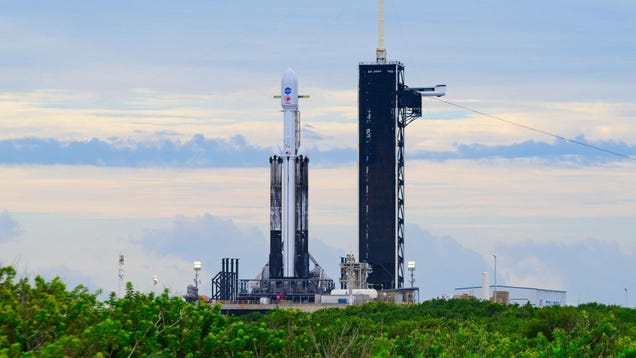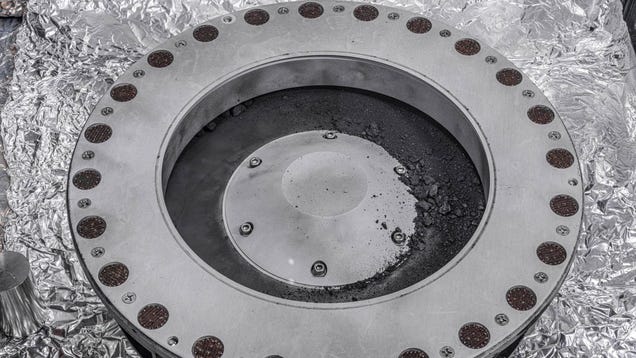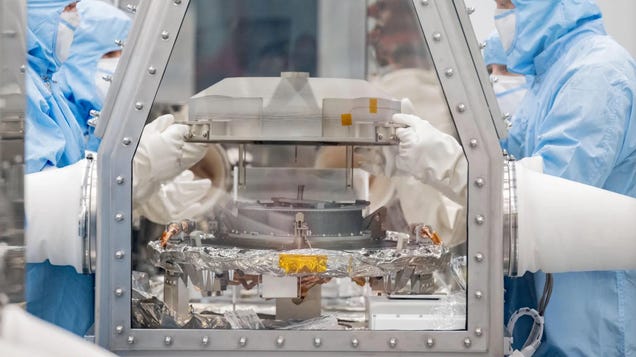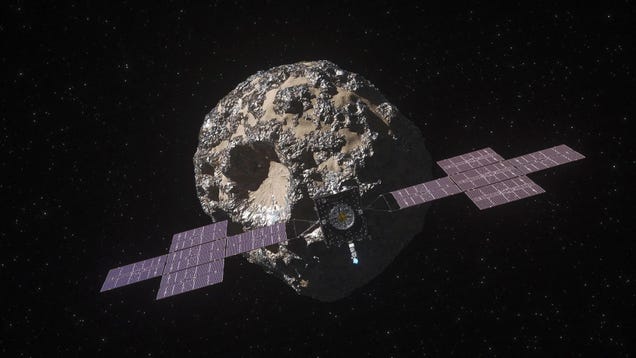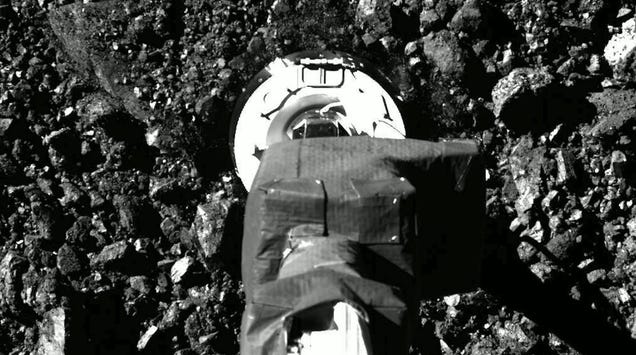
After traveling through space for 200 million miles, rocky pieces from asteroid Bennu were dropped off on Earth by the OSIRIS-REx spacecraft in late September. Now, some of those fragments will be put on display for museum-goers to observe firsthand.


